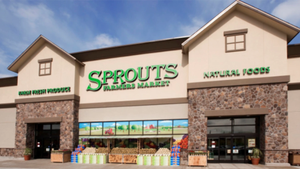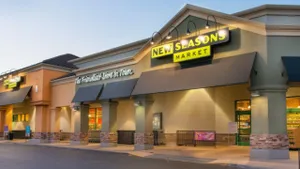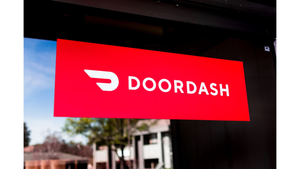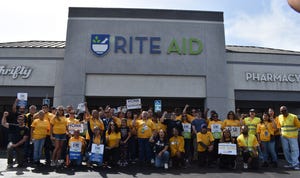Food Forum: Making things happen
January 1, 2018
Moving from “think” to “feel” to “do.” By George Latella Shopper marketing has been a hot topic in our business for a few years. But the best insights are meaningless if we don’t have what the consumer wants, where they want it, howthey want it and when they want it. In the first article in the series, Future Profits tied to Leadership, Dr. John Stanton said that leadership trumped all other rules of strategy. In the second article, Planning from the Top Down, Mark Lang said that leaders need to “make expectations clear, follow up on progress and hold managers accountable for execution of strategies.” So, the question now is, how do we make stuff happen? In my 23-year career as a sales and marketing executive, I believed that sales “drove the bus” from a top line and bottom line standpoint. My team came from sales operations, had a great work ethic and knew how to solve problems. We had great rapport at HQ, but were only as good as our weakest link on the street. So what made us so successful? Execution. Based on the “street knowledge” of my sales team, we identified three key areas for success: increased frequency of service; supplemental display support for promotions; and being “in stock” on our top 20% of items (The old 20/80 rule). We would measure the “bill in” quantities of our key items before a promotion. We determined if a supplemental display was obtained and key items were in stock. If not, we called the district manager and got displays and product to the store. While we cut traditional broadcast advertising to fund trade promotion, we had endcaps, permanent/corrugated displays, POS, stickers and coupons to ensure that our product was in front of the customer. Product assortment was based on customer segmentation and value pricing resonated with our consumers. This drove top line sales, which drove market share. The increased volume kept returns low and drove manufacturing efficiency, which led to increased profits. This experience led me to focus on two key areas that grocers and manufacturers can work on together: 1. Shopper Engagement Decision Point Design—The “Think” and “Feel” This is for the “right brain” crowd and should focus on designing products, packaging, point of sale, and communication that leverage consumer insights. Knowing the five Ws and H (who, what, when, where, why and how) of your target market, your core competencies and what problems you solve for customers will determine what vehicles to use in the shopper engagement process. 2. Retailer-Vendor Collaboration—The “Do” This is for the “left brain” crowd and should focus on identifying the things that we need to do from the “back door to the front door.” I’ve spoken to many retailers across all channels and have identified the following key areas:
Delivery procedures (frequency, timeliness);
Delivery accuracy (assortment, pricing, billing);
Customer service experience (communication, appearance);
Merchandising (in code, faced, tagged);
Category management (accurate/timely paperwork, store resolution/follow up, products/programs presented); and
Sustainability/safety (recycles, loading/unloading).
As a result, I developed a proprietary quantitative benchmarking analysis that measures the perception of receivers, store managers and category managers across key measures specific to each retailer. This “scorecard” identifies problems and opportunities at store level. Competition always makes us better and the benefits are:
Improved communications;
Improved customer experience;
Improved policy compliance;
The ability to compare vendors across categories;
The ability to track progress over time;
Better category management;
Promotion execution and evaluation; and
Increased sale and profits.
The data is used in conjunction with POS, Nielsen/IRI and the manufacturers’ data to create a “template” for the quarterly/annual business review that can be used to insure that the right product is in the right place, at the right time and at the right price. Sounds easy, doesn’t it? George Latella is a professor of food marketing at Philadelphia-based Saint Joseph’s University. He previously worked for Tastykake for 23 years in a variety of executive sales and marketing positions. He can be reached at [email protected].
About the Author
You May Also Like




